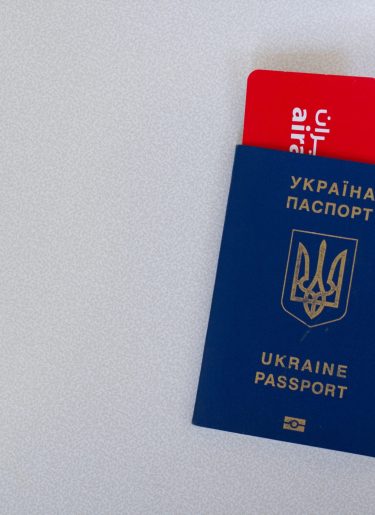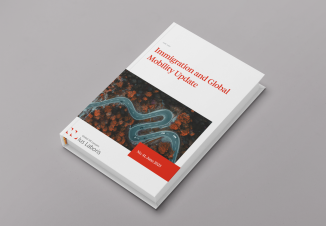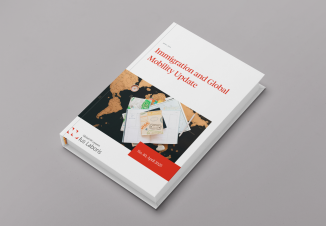
On 4 March 2022, the Council of the EU triggered the Temporary Protection Directive (2001/55/EC) for the first time. This Directive provides for minimum standards for EU member states to provide immediate, temporary protection in the event of a mass influx or imminent mass influx of displaced people from third countries, who are unable to return to their country of origin. This protection lasts for one year, which can be extended in six-month increments, up to a maximum of an additional year, unless the Council ends the temporary protection before. After two years, the Council can extend the temporary protection by up to one additional year.
When the Directive is triggered by the Council, Member states must adopt the measures needed nationally to provide displaced people with temporary protection residence permits, to allow them to work, to ensure that they have suitable accommodation and receive assistance in terms of social welfare and means of subsistence.
The Council decided that the conditions were met by the mass influx of people from Ukraine into the EU as a consequence of the armed conflict.
It decided that temporary protection should be available for Ukrainian nationals residing in Ukraine before 24 February 2022; stateless persons and third-country nationals who have international protection before 2022. Specific family members of people in those categories who were present and resident in Ukraine before 24 February 2022 also qualify:
Implementation may differ from country to country, particularly as the Directive only provides for minimum standards and members states may decide to grant better protection. In this survey we explore how member states responded and address questions including what Ukrainian nationals need to do if they are already in the country and cannot return, if they can obtain temporary protection, whether they can work, what employers must do and whether they can work in another EU country.


